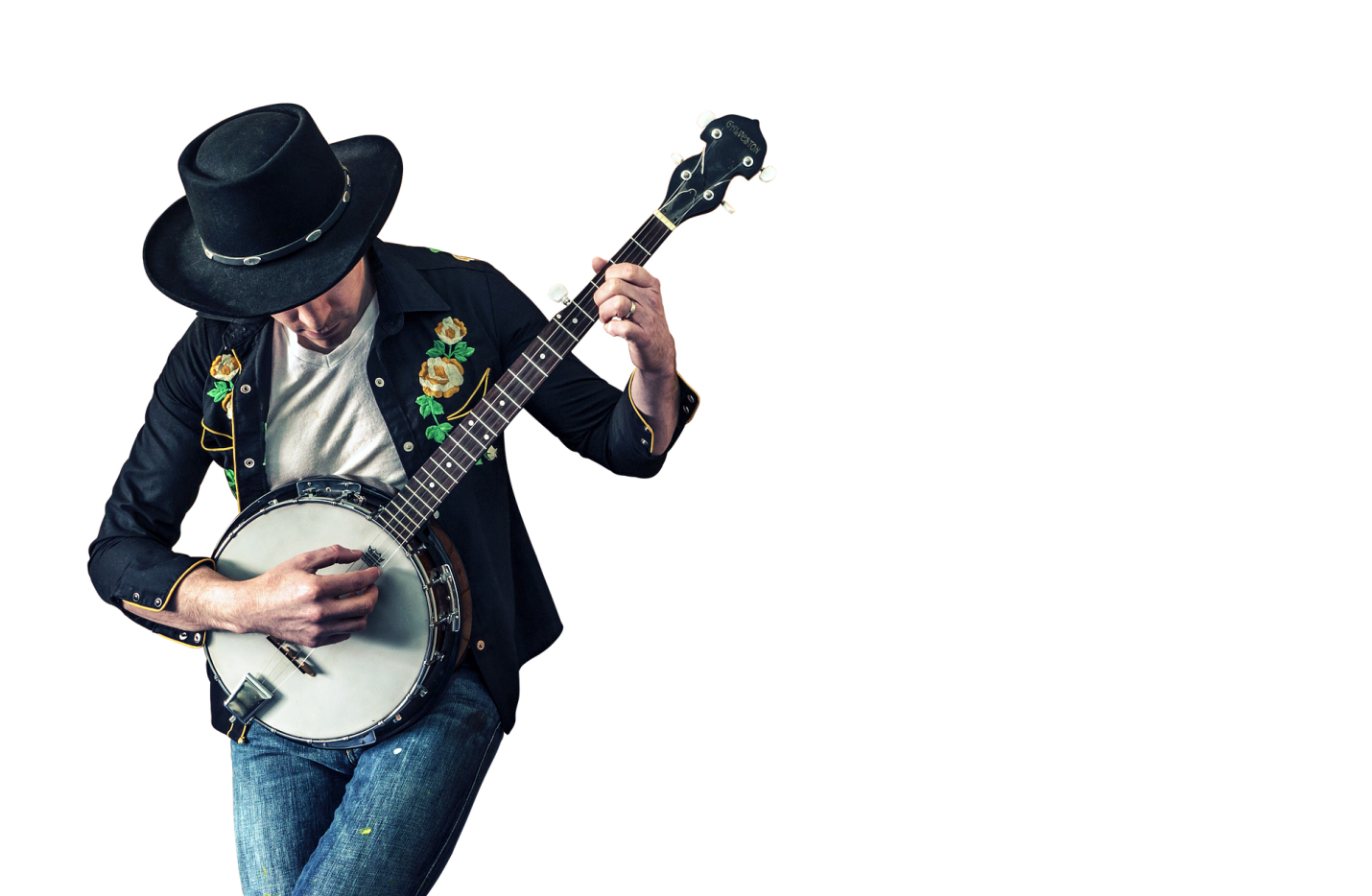Learning a musical instrument at any age can give us a real sense of achievement. it’s awesome if the instrument you’re trying to learn has been used to play some spectacular songs like the theme from Bonnie and Clyde or Duelling Banjos. The banjo may appear to be tricky to learn, but you’d be surprised at how easy it can be – with the right know-how and practice, of course. You can soon get the hang of it if you go at it long enough, and while it involves patience (and sometimes, a lot of it!), you can reap the rewards of all your efforts if you remain committed to perfecting your playing. But one of the things you need to do from the outset is learn how to tune your banjo. It’s an integral step, and we’ll tell you why in the following paragraphs. Here, then, are the basics on easily and effectively tuning your banjo as a beginner.
Why is it important?
Here’s the thing: if this is your first time learning a musical instrument, you may be wondering why tuning is essential. Some instruments like electronic keyboards come already in tune, but the strings on a stringed instrument can stretch with time and also change pitch with a change in room temperature. When you first buy a banjo it will often be tune, so it will sound good; but you might accidentally knock the tuning pegs or the banjo will go out of tune for some other reason. Even the best banjoist in the world can’t sound good playing an out-of-tune banjo. That’s why it’s crucial to learn how to tune it yourself because it’s easy for the strings to go out of tune with time. Once you start playing with other banjo players and musicians, it’s even more important to make sure that your banjo tuning is sounding sweet.
Fundamental techniques to effective tuning
- Tuning your banjo by ear
Some people naturally have perfect pitch which is the ability to sing or name a note as soon as they listen to it. If you are fortunate enough to have this ability, you can listen to your banjo and tune it by ear. To tune your instrument to the open G chord, you should know the note name of every string. For example, the fourth string is a d note, the lowest of all the open strings, and the first string is also a d note, an octave higher. If you don’t think this is you, don’t worry! Your ability to hear musical pitch will improve with practice. Just keep listening every time you tune the banjo and your skill will improve.
- Tuning your banjo to itself
You can also tune your banjo to itself, you do this by matching pairs of strings. For example the second string fretted at the third fret gives the same d note as the open first string. Supposing these two notes sound different, you have to decide which string to adjust. For this reason, it’s good to check every pair of notes on the instrument before adjusting the tuning. The fifth string high g matches the first string on the fifth fret; the second string third fret is the same d note as the open first string; the third string fourth fret matches the open second string (b); and the fourth string fifth fret gives a g which is the same as the third string open.
- Tuning your banjo using an electronic tuner
The easiest method for tuning if you are a beginner is to use an electronic tuner, and this device can easily pick up your strings’ pitch. Then, with an arrow, it can indicate whether the tuning of the string is higher (sharp) or lower (flat) than the correct pitch.
